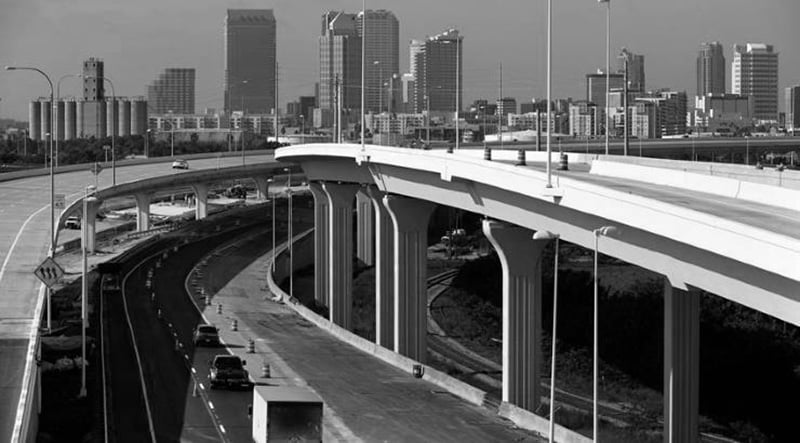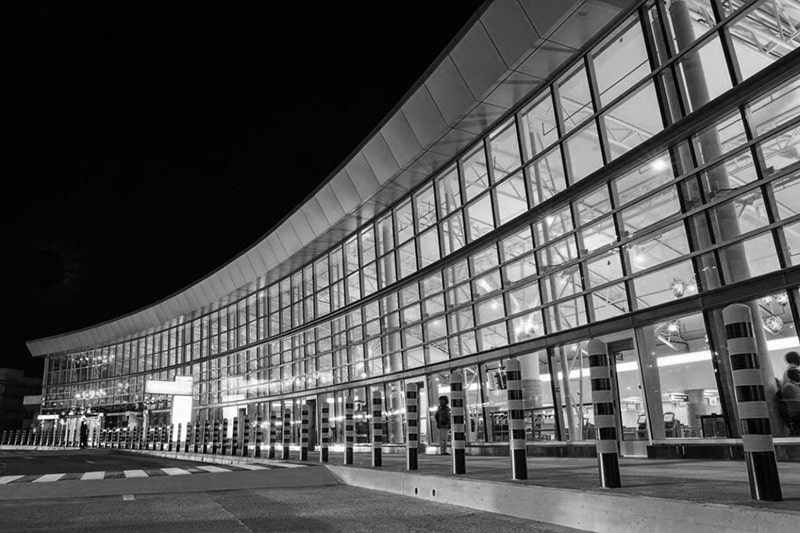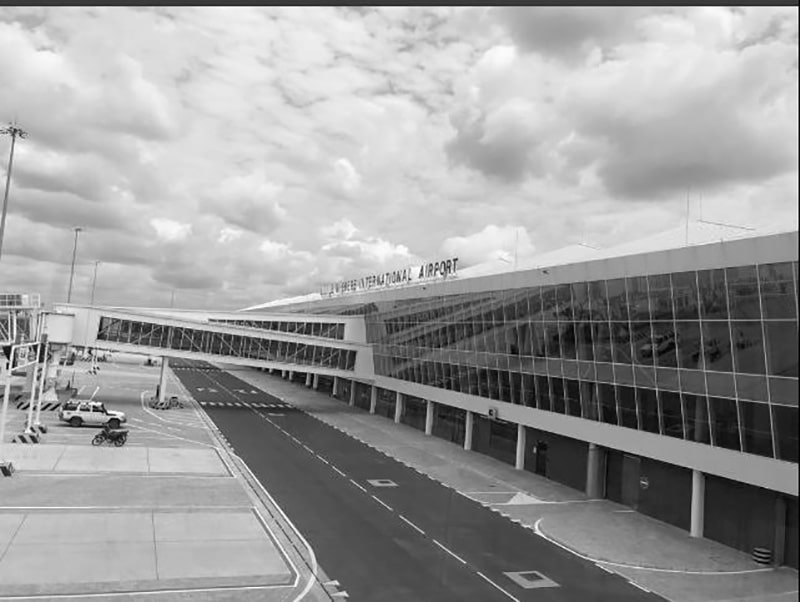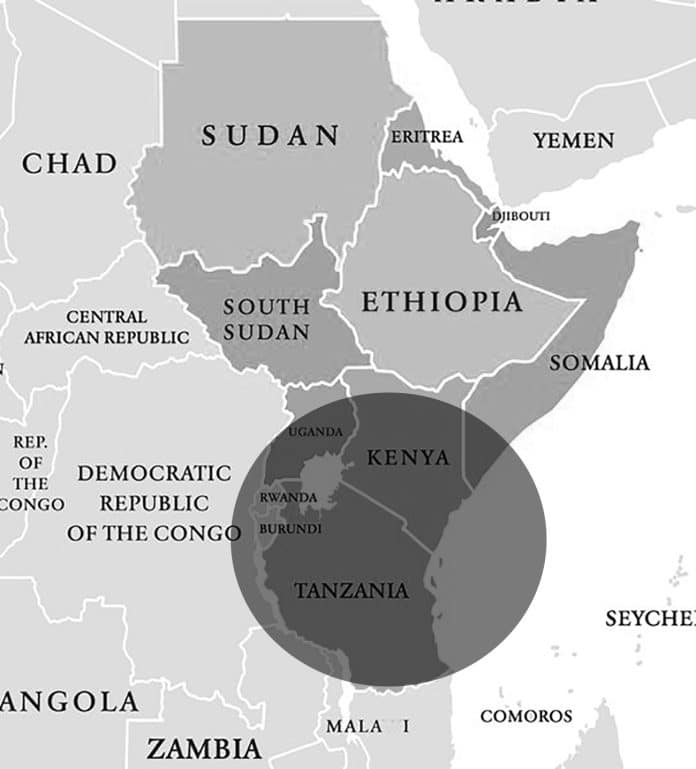Exploring East Africa: The Battle for Superior Infrastructure between Kenya and Tanzania
As East Africa continues to develop and grow, a battle for superior infrastructure between Kenya and Tanzania is taking center stage. Both countries are competing to attract investors and boost their economies through the construction of modern transportation networks and cutting-edge facilities. In this article, we will discuss the Kenya vs Tanzania infrastructure and compare both countries’ infrastructural growth over the years. We will also look at the challenges faced by each country.
Importance of infrastructure in economic growth

Infrastructure plays a crucial role in the economic growth of any country. It provides the backbone for trade, investment, and connectivity, enabling the movement of goods, services, and people. A well-developed infrastructure system not only enhances domestic productivity but also attracts foreign investment and boosts international trade. It is the key driver for economic development and prosperity.
Overview of the infrastructure projects in Kenya
Before we start with the Kenya vs Tanzania infrastructure. let’s take an overview of each country’s infrastructure projects. Kenya, known as the economic powerhouse of East Africa, has established itself as a regional transportation hub with its well-developed road, rail, and air infrastructure. The country has made significant investments in infrastructure development, focusing on improving connectivity and facilitating trade. One of the notable projects is the Standard Gauge Railway (SGR), a modern rail network connecting the port city of Mombasa to the capital Nairobi and beyond. This project has not only reduced transportation costs but has also boosted trade and stimulated economic growth in the region.
Kenya has also invested in the expansion and modernization of its airports, such as Jomo Kenyatta International Airport in Nairobi and Moi International Airport in Mombasa. These airports serve as important gateways for both domestic and international travel, fostering tourism and business opportunities. Additionally, the country has made significant strides in road infrastructure development, with the construction of major highways and expressways that connect different regions, further enhancing connectivity and accessibility.
Challenges faced by Kenya in infrastructure development

Despite the progress made, Kenya still faces challenges in infrastructure development. One of the major obstacles is funding. Infrastructure projects require substantial financial resources, and securing adequate funding remains a key challenge. Additionally, corruption and bureaucratic inefficiencies can hinder the timely implementation of projects, leading to delays and cost overruns. These challenges need to be addressed to ensure the seamless execution of infrastructure projects and to maximize their impact on the economy.
Overview of the infrastructure projects in Tanzania

Tanzania, on the other hand, is not far behind in the race for superior infrastructure. With its strategic location and abundant natural resources, Tanzania aims to challenge Kenya’s dominance and position itself as a key player in the regional transportation landscape. The country has embarked on several ambitious infrastructure projects, focusing on improving connectivity and facilitating regional trade.
One of Tanzania’s flagship projects is the construction of the Central Corridor, a transportation network connecting the port of Dar es Salaam to its landlocked neighboring countries, including Rwanda, Burundi, and the Democratic Republic of Congo. This project aims to reduce transportation costs, enhance trade, and promote economic integration within the region. Tanzania has also invested in the expansion and modernization of its major airports, such as Julius Nyerere International Airport in Dar es Salaam, to cater to the growing demand for air travel.
Challenges faced by Tanzania in infrastructure development
While Tanzania has made significant progress in infrastructure development, it also faces challenges. Limited financial resources and the need for foreign investment pose significant hurdles in realizing the full potential of infrastructure projects. Additionally, inadequate technical skills and capacity can impact the quality and efficiency of project implementation. Overcoming these challenges is crucial to ensure the successful completion of infrastructure projects and to maximize their impact on the economy.
A comparison of infrastructure development in Kenya and Tanzania
When comparing Kenya vs Tanzania infrastructure, both countries have made commendable progress. Kenya, with its well-established transportation networks and modern facilities, has a head start and is considered the regional leader in infrastructure development. However, Tanzania’s strategic location and ambitious projects make it a strong contender in the battle for superior infrastructure.
Kenya’s well-developed road, rail, and air infrastructure have positioned it as a transportation hub, attracting regional and international investors. On the other hand, Tanzania’s focus on improving connectivity with its neighboring landlocked countries has the potential to enhance trade and boost economic integration within the region. Both countries have their unique strengths and areas of focus, contributing to the overall development of East Africa.
The impact of infrastructure development on trade and investment
The battle for superiority between Kenya vs Tanzania infrastructure has far-reaching implications for trade and investment in the East African region. A well-developed infrastructure system enables efficient movement of goods and services, reducing trade barriers and costs. This, in turn, attracts foreign investment and stimulates economic growth. Improved connectivity and accessibility also promote tourism, creating opportunities for the hospitality industry and supporting job creation.
Additionally, infrastructure development enhances regional integration and cooperation, fostering economic and political stability. It encourages collaboration between countries in terms of trade agreements, customs facilitation, and joint infrastructure projects. The battle for superior infrastructure between Kenya and Tanzania, therefore, not only benefits the individual countries but also contributes to the overall development and prosperity of the East African region.
Future prospects and opportunities for collaboration
The ongoing battle for superior Kenya vs Tanzania infrastructure presents numerous future prospects and opportunities for collaboration. Both countries can learn from each other’s successes and challenges, fostering knowledge exchange and cooperation. Joint infrastructure projects, such as the improvement of cross-border transportation networks, could enhance regional connectivity and trade.
Furthermore, regional bodies such as the East African Community (EAC) play a crucial role in facilitating collaboration and coordination between member countries. By aligning their infrastructure development plans and policies, Kenya and Tanzania, along with other EAC members, can create a harmonized and integrated transportation network that maximizes the potential of the region.
Conclusion: The road ahead for infrastructure development in East Africa
As Kenya and Tanzania continue their battle for superior infrastructure, the road ahead for East Africa looks promising. Both countries have made significant progress in infrastructure development, with their strategic projects and initiatives driving economic growth and regional integration. While challenges persist, the opportunities for collaboration and cooperation pave the way for a brighter future.
By investing in infrastructure, East Africa can unlock its full potential, attracting investment, boosting trade, and improving the standard of living for its citizens. The Kenya vs Tanzania infrastructure battle for superiority acts as a catalyst, pushing both countries to strive for excellence and ultimately benefiting the entire region. As East Africa continues to evolve, it is clear that infrastructure development will remain a key driver for growth and prosperity.
For more articles related to Infrastructure in Tanzania, click here!































